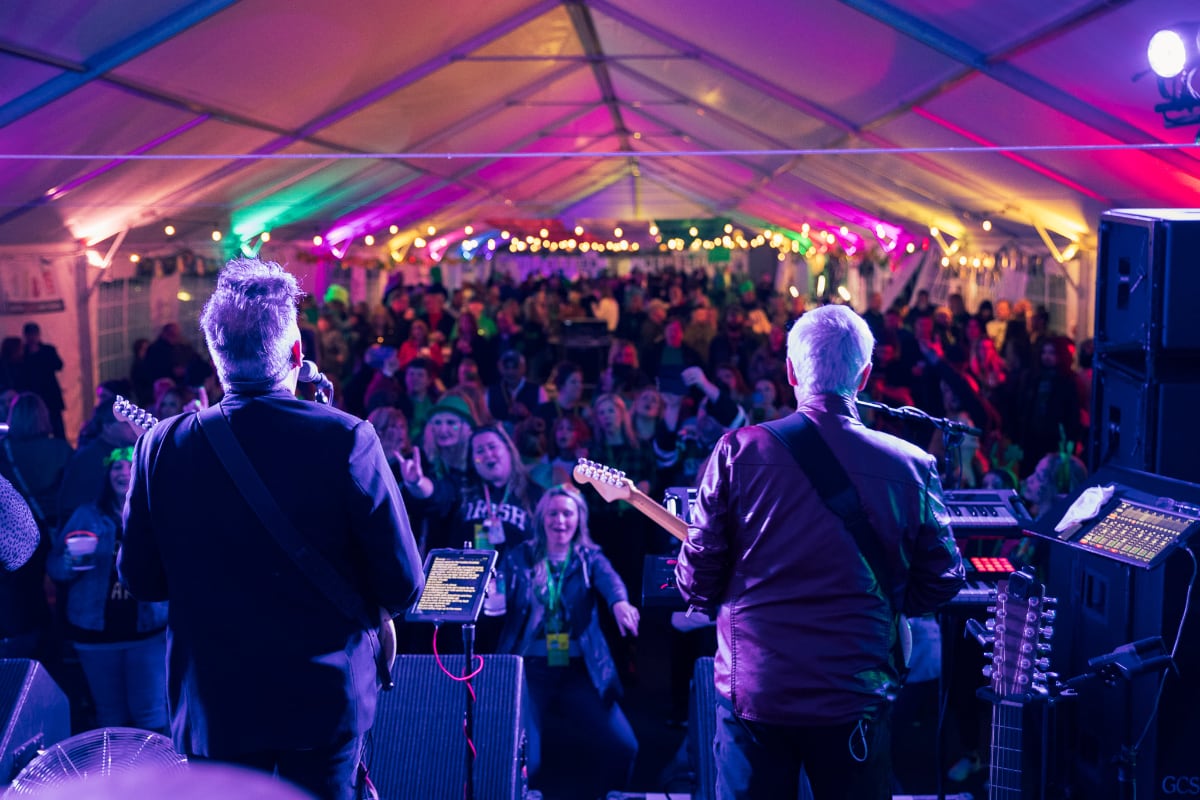Transforming Spectator Engagement Through Engaging VR Encounters in Live Performances
Transforming Spectator Engagement Through Engaging VR Encounters in Live Performances
Blog Article
Within recent years, digital VR has become a potent tool for boosting viewer involvement in live productions. This innovation enables audiences to immerse oneself in a three-dimensional environment, creating a distinct experience that traditional formats cannot easily duplicate. Through utilizing VR, producers can move audiences into the core of the performance, causing them sense as if they are part of the performance. This groundbreaking approach not only captivates audiences but also unlocks new possibilities for narrative and interaction.
One of the key advantages of employing VR in live productions is the capability to forge a greater engaging experience. Audiences can engage with the performance in the moment, influencing the result or exploring different perspectives. For example, in a theater show, audiences wearing VR headsets can choose to follow particular roles or scenes, allowing them to tailor their experience. This level of engagement fosters a more profound bond between the viewers and the performance, making it even unforgettable and significant.
Additionally, VR technology can enhance the visual and auditory aspects of a real-time performance. Using top-notch visuals and audio engineering, producers can build breathtaking settings that attract viewers in. This engaging characteristic can raise the complete experience, making it more captivating and enjoyable. For example, a musical performance can be transformed into a rich encounter, where audience members experience as if they are standing stage with the performers. Such enhancements not only attract larger audiences but also encourage repeat attendance, as viewers look to re-experience the wikipedia reference thrill.
Alongside enhancing viewer involvement, VR can also offer insightful data for creators. By analyzing how viewers interact with the virtual environment, creators can gather data on audience preferences and behaviors. This information can inform future productions, helping to tailor content to better meet the needs and desires of the viewers. As a result, VR not just enhances the current experience but also adds to the development of real-time performances as a complete entity.
With the advancements progressing to advance, the potential for VR in live productions is vast. Ranging from stage shows and musical events to athletic competitions and festivals, the possibilities are endless. By embracing this cutting-edge method, creators can transform the way viewers experience real-time entertainment. As more creators investigate the incorporation of VR, it is probable that we will witness a shift in how performances are designed and delivered, eventually resulting to a greater engaging and interactive future for live productions.